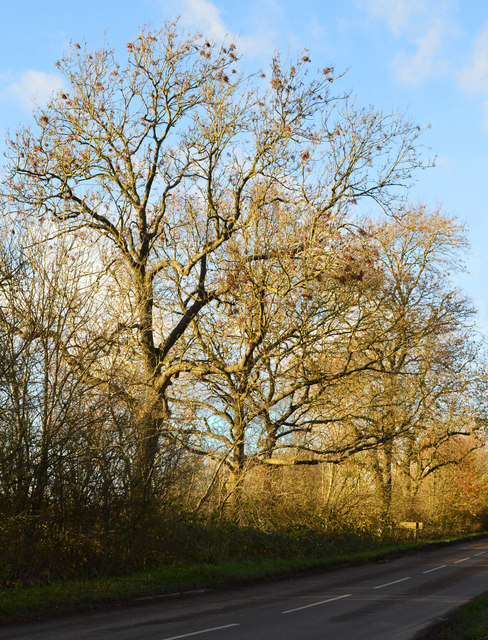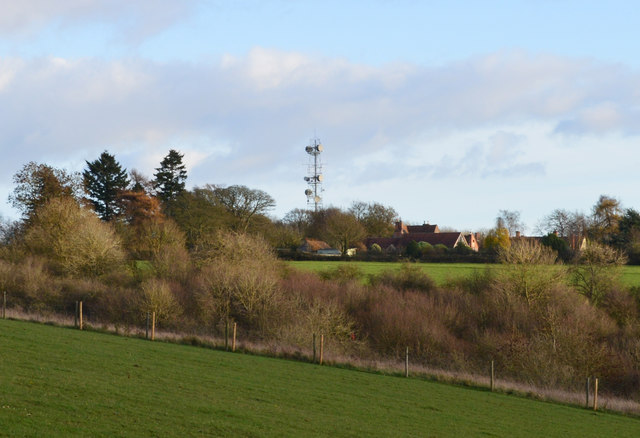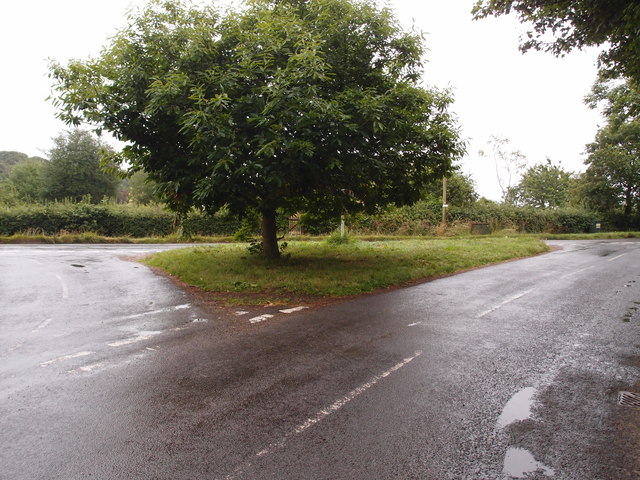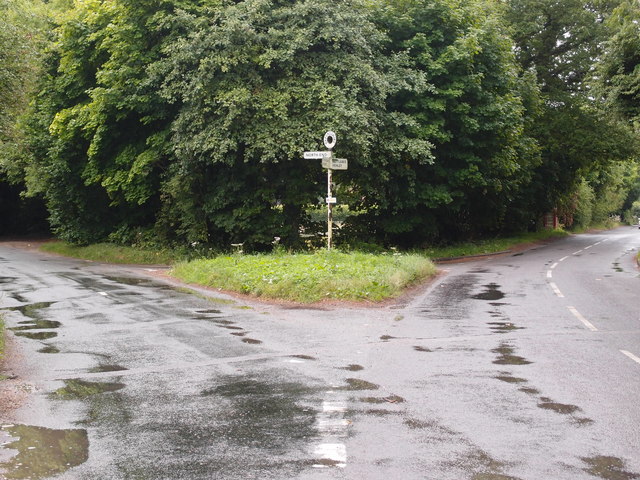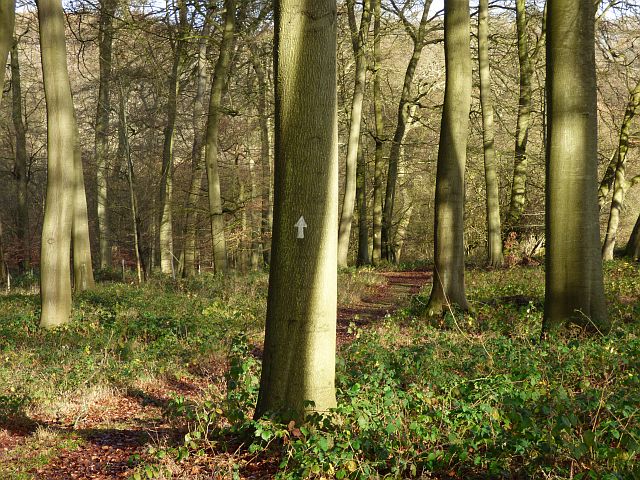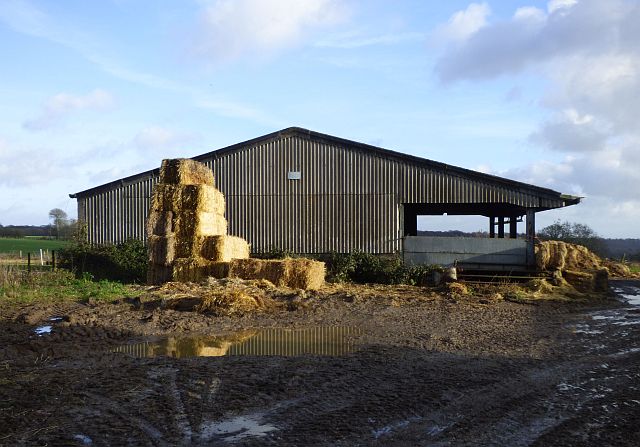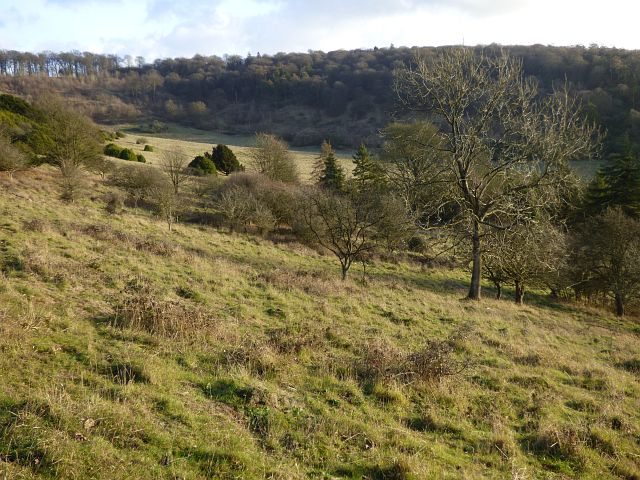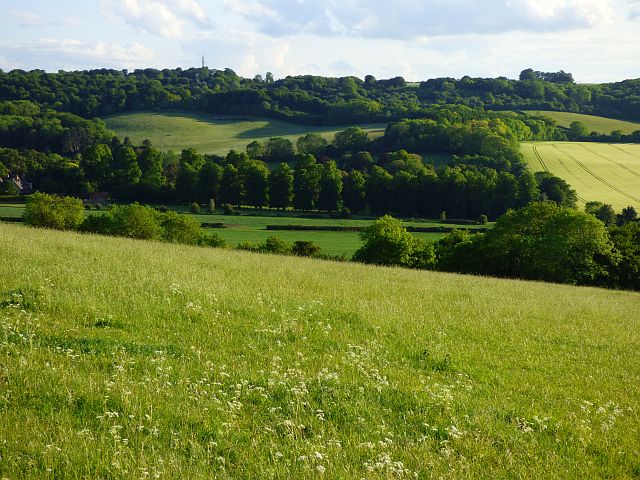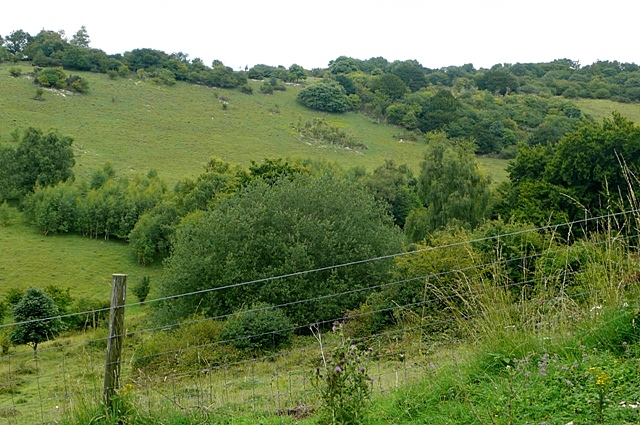Christmas Common
Settlement in Oxfordshire South Oxfordshire
England
Christmas Common
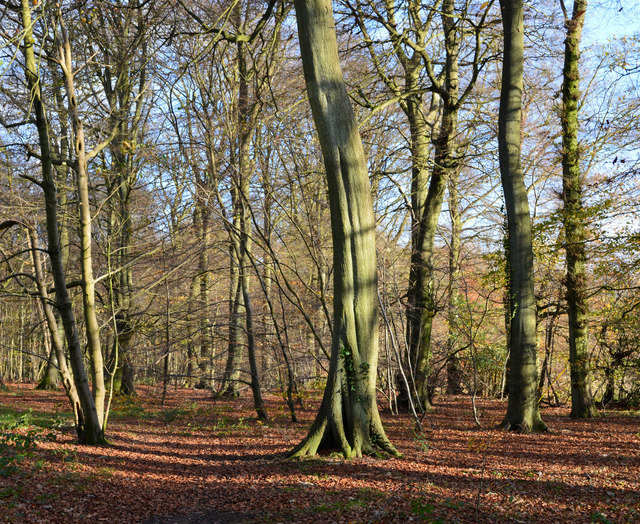
Christmas Common is a small village located in the Chiltern Hills of Oxfordshire, England. Situated approximately five miles north of Henley-on-Thames, it is a charming rural settlement with a population of around 350 residents. The village derives its peculiar name from a local legend suggesting that Oliver Cromwell banned Christmas celebrations there during the 17th century.
Nestled in an idyllic countryside setting, Christmas Common offers breathtaking views of the surrounding hills and valleys, making it a popular destination for nature enthusiasts and hikers. The area is known for its extensive network of footpaths, including the famous Ridgeway National Trail, which passes through the village. Visitors can explore the picturesque landscape, meandering through lush green meadows and ancient woodlands.
The village itself features a mix of traditional cottages and modern houses, lending it a quaint and timeless atmosphere. The Church of St. Nicholas, a charming medieval church dating back to the 12th century, stands as a prominent landmark in Christmas Common. The church holds regular services and serves as a focal point for the local community.
Despite its small size, the village boasts a vibrant community spirit. Annual events, such as the Christmas Common Summer Fete and the Easter Egg Hunt, bring residents together and attract visitors from nearby towns. The local pub, The Fox and Hounds, offers a warm and welcoming atmosphere, serving delicious food and drinks to locals and tourists alike.
In summary, Christmas Common offers a peaceful retreat from the hustle and bustle of city life, providing visitors with a quintessential English countryside experience. With its stunning natural surroundings and close-knit community, it is truly a hidden gem in Oxfordshire.
If you have any feedback on the listing, please let us know in the comments section below.
Christmas Common Images
Images are sourced within 2km of 51.633733/-0.966868 or Grid Reference SU7193. Thanks to Geograph Open Source API. All images are credited.
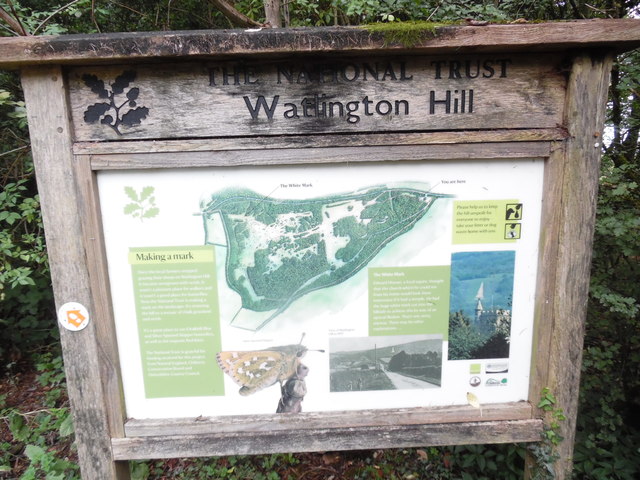


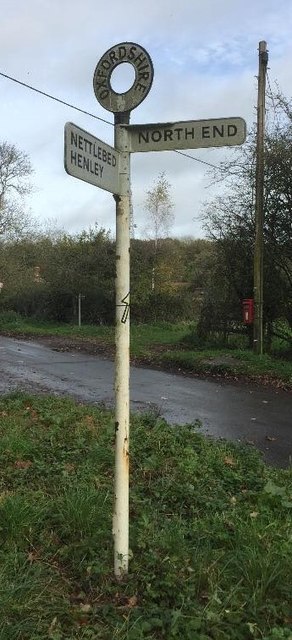
Christmas Common is located at Grid Ref: SU7193 (Lat: 51.633733, Lng: -0.966868)
Administrative County: Oxfordshire
District: South Oxfordshire
Police Authority: Thames Valley
What 3 Words
///chilling.restores.punks. Near Watlington, Oxfordshire
Nearby Locations
Related Wikis
Christmas Common
Christmas Common is a hamlet in Watlington civil parish, Oxfordshire about 7+1⁄2 miles (12 km) south of Thame in Oxfordshire, close to the boundary with...
Watlington Park
Watlington Park is an English country house with its surrounding grounds of approximately 500 acres (200 ha), located atop an escarpment in the Chiltern...
Watlington and Pyrton Hills
Watlington and Pyrton Hills is a 112.7-hectare (278-acre) biological Site of Special Scientific Interest east of Watlington in Oxfordshire. An area of...
Watlington Chalk Pit
Watlington Chalk Pit is a 1.6-hectare (4.0-acre) Local Nature Reserve east of Watlington in Oxfordshire. It is owned by South Oxfordshire District Council...
Nearby Amenities
Located within 500m of 51.633733,-0.966868Have you been to Christmas Common?
Leave your review of Christmas Common below (or comments, questions and feedback).
